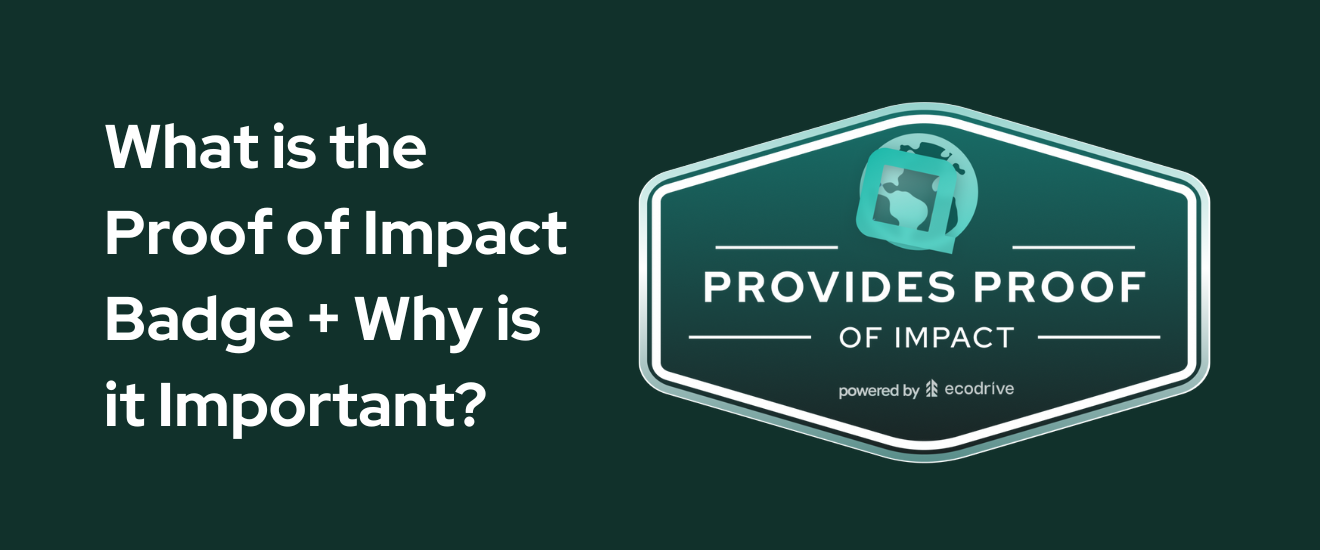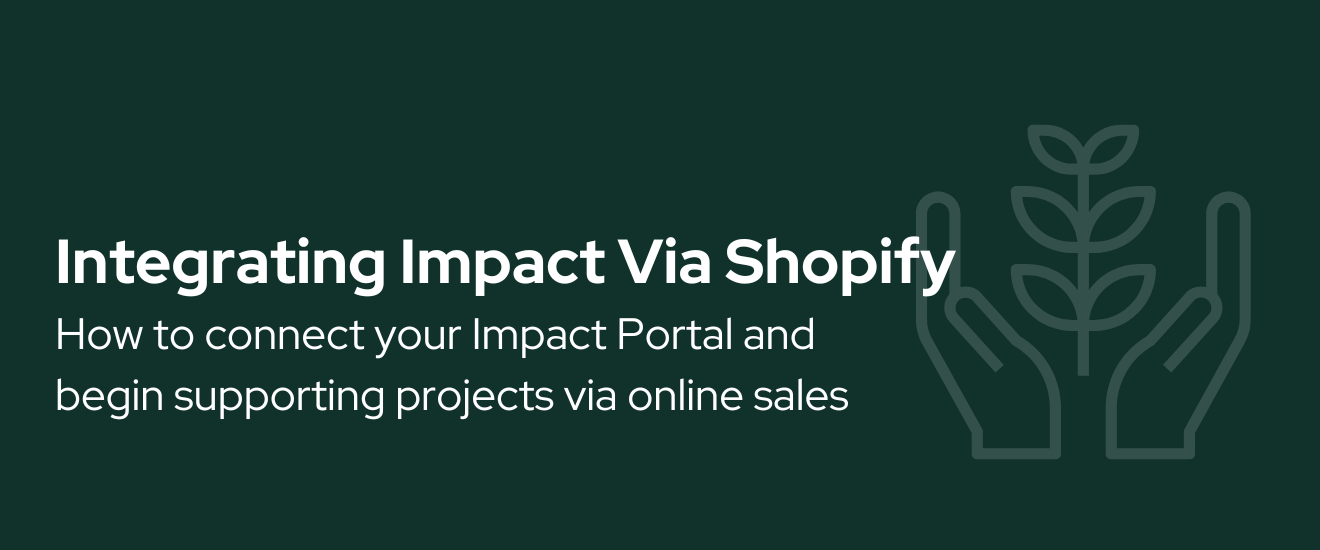9 Mistakes to Avoid When Marketing Your Sustainability Efforts
The 'Don'ts' of sustainability communication and how to avoid them
Marketing your sustainability efforts can be powerful, but it’s easy to misstep.
Customers are more informed and skeptical than ever, which means well-intentioned messages can backfire if they come off as inauthentic, vague, or misleading.
Here are 9 common sustainability marketing mistakes and how to avoid them.
1. Overusing Buzzwords Without Substance
Words like “eco-friendly,” “green,” and “sustainable” are everywhere—but on their own, they mean nothing.
Customers want specifics.
Instead of saying your product is eco-conscious, explain how: Is it made from recycled materials? Does it fund reforestation? Use verifiable data, not just vague claims.
For example, “Each order removes 1 pound of plastic from the ocean” is far more effective than “We're helping the planet.”
2. Greenwashing, Even If Unintentional
Greenwashing isn’t always malicious—it often comes from poor messaging or lack of data. But once customers spot it, trust is lost.
Always ensure your claims are backed by third-party verification or transparent sourcing.
If you’re working with partners like Ecodrive, lean on their validation to show that your impact is real and traceable.
Include project links, photos, and measurable stats where possible.
3. Not Tailoring the Message to Your Audience
A corporate sustainability report won’t land with a Gen Z TikTok audience.
Likewise, a meme about kelp planting might not resonate with enterprise clients. Customize your messaging style and channel for your specific audience.
Use Instagram reels for visual impact stories, LinkedIn posts for strategic partnerships, and email for personalized dashboards.
The message stays the same, but the delivery should match the audience.
4. Ignoring Cultural and Regional Relevance
Not every environmental issue resonates the same way everywhere.
Talking about kelp restoration in Canada makes sense to a Vancouver audience, but may confuse customers in the Midwest.
Similarly, pushing plastic-free packaging without understanding local recycling infrastructure can feel disconnected.
Always tie your impact to something geographically or culturally relevant to your target customer base.
5. Talking Too Much About Your Brand
Sustainability isn’t just about you. Brands that only spotlight their own “good deeds” can come across as self-congratulatory.
Instead, frame the impact around the customer’s action.
For example: “You just helped replant wildfire-damaged forests” gives the customer credit, building deeper loyalty. It’s also important to spotlight partners and communities involved in your projects to avoid the savior narrative.
6. Making It All About the Environment
Ironically, focusing only on environmental outcomes can limit your reach.
People care about nature, but they also care about jobs, health, and community resilience.
Tree planting in Kenya isn’t just about carbon, it’s about creating employment and preserving biodiversity.
Kelp restoration isn’t just about the ocean, it’s about coastal economies. M
ake sure your storytelling connects impact to real human outcomes.
7. Hiding the Sustainability Section
If your sustainability efforts are buried five clicks deep on your website, they won’t be seen or appreciated.
Make them visible—add banners, integrate impact counters, and highlight projects throughout the customer journey.
Platforms like Ecodrive make this easy by letting you embed real-time impact data directly into your product pages and emails.
8. Failing to Engage Customers in the Process
People love to be part of something bigger.
Let your customers vote on impact projects, share stories of their contributions, or track progress through dashboards.
Brands that engage customers as participants—not just recipients—build stronger communities and higher retention rates.
This also increases your chance of organic social sharing and user-generated content.
9. Not Following Up After the Purchase
Impact doesn’t end at checkout.
Failing to close the loop with customers is a missed opportunity.
Send personalized post-purchase messages that show exactly what they helped accomplish.
This reinforces the value of their purchase and keeps your brand top-of-mind.
Even a monthly impact summary can make customers feel proud and more likely to return.












